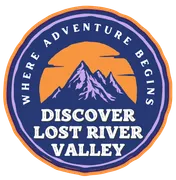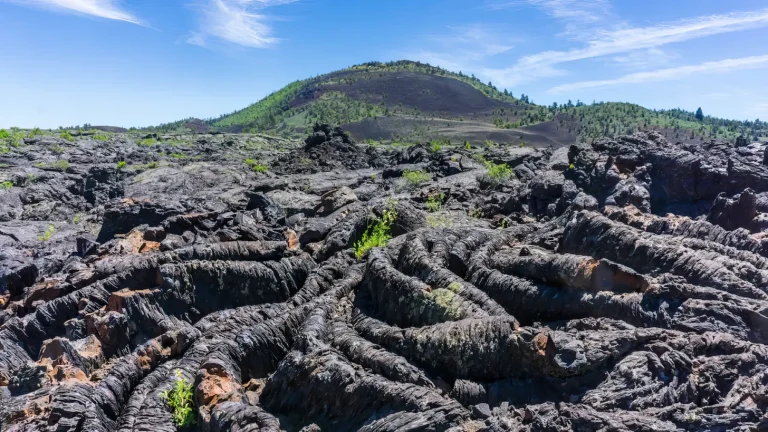Billions of years ago Idaho lay at the edge of the Pacific Ocean tethered to land mass resting on the North American geologic plate. When the plate began clashing with the Pacific Plate that lay at the bottom of the ocean, the North American plate was driven deep into the earth’s crust. Molten magna began shooting up through the fissures as the plate was buried, cooling into the craggy, crystallized granite rocks that form the jagged skyline profiles that punctuate the region. More magna thrusting up through a crack in the plate became tortured volcanic rocks of the many mountain ranges which frame the landscape of south central Idaho that was once Pacific Ocean shoreline.
It was an exciting time in the geologic world, as the continents as we know them were forming. About 900 million years ago, before the geologic plates began sliding on the earth’s surface, Australia, now floating in the Pacific Ocean in the southern hemisphere, was separated from Idaho by only a very narrow seaway. As Australia slipped away, the volcanoes of the Pacific Rim Ring of Fire began to form, pushing slices of volcanic rocks onto the Continental Shelf at the edge of now Idaho.
About 600 million years later when more volcanoes exploded, deep water rocks were thrown on top of the slices and the eroded, folded, and faulted landscapes pushed eastward to form Washington and Oregon offshore. Thick piles of sediment formed the Salmon River arch, the calderas at Challis and the Yellowstone River, ultimately creating Craters of the Moon National Monument which appears as it did millions of years ago.
Every 3,000 years or so, the Shoshone Tribe which had been residing in the area for some 12,000 years, witnessed the dynamic geologic events created the landscapes you will see as you explore. Not only did the geologic turmoil create the landscape, it also deposited precious and useful minerals which have kept the economy in the region going for centuries, that are still being mined today.
Together, the geologic phenomenon and the mining they rendered created a story that intertwines the mining heritage, ghost towns, and the culture of rugged west with the majestic, timeless landscape that surrounds them. Today, you can explore mining towns like Mackay, Arco, Bonanza, and Bay Horse, quaint places where residents live a timeless western lifestyle that has not changed a great deal in a couple of centuries amidst the grandeur of the Lost River Range.
Recent earthquakes foretell that the geologic disruptions may not be totally over, and Mother Nature may not be finished with her handiwork on the landscape. Another show of natural force is not likely to occur in our lifetime, so plan to savor the beautiful mountains that were created ever so long ago and left for all to enjoy. Discover the Lost River Valley!




